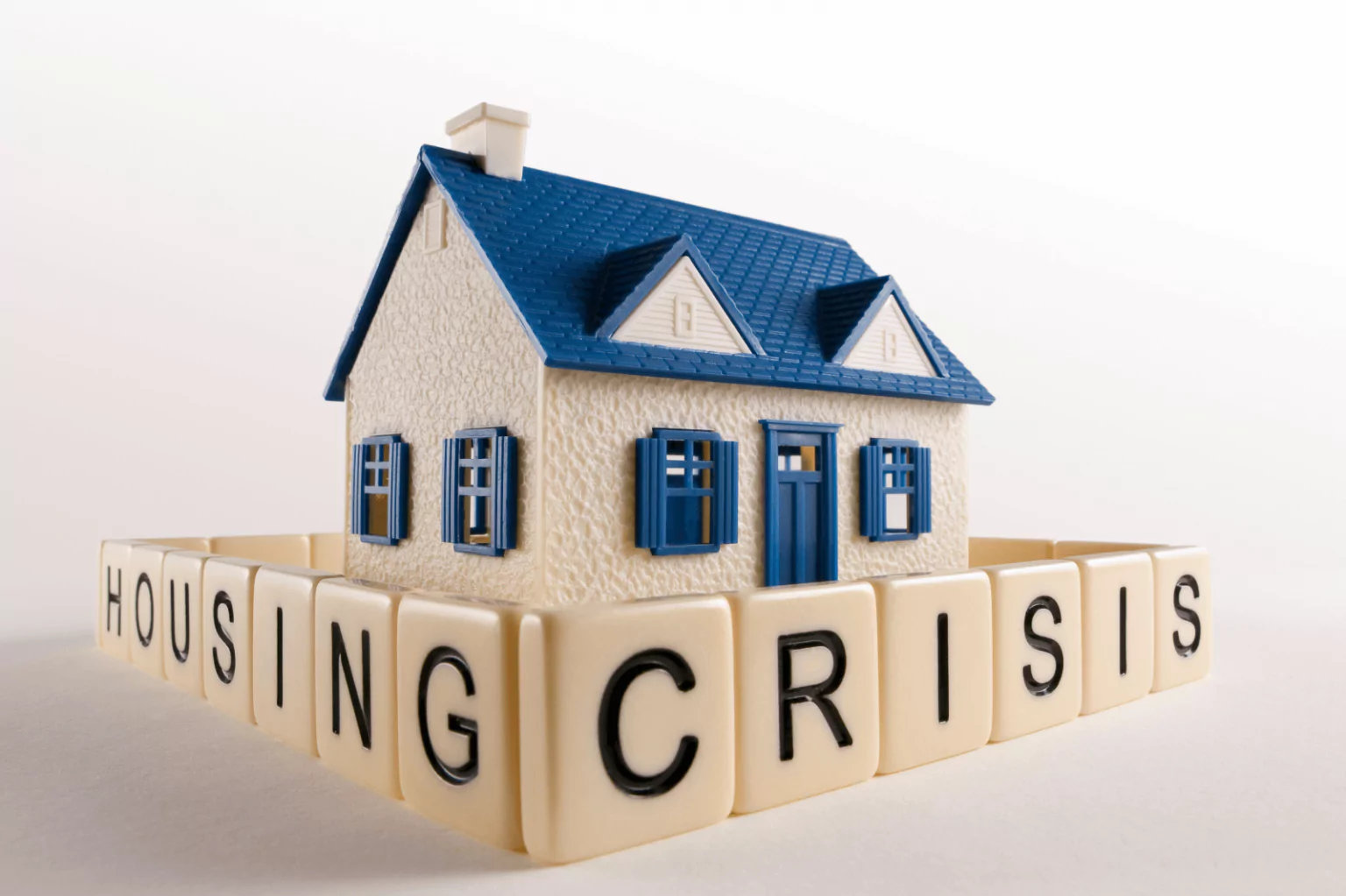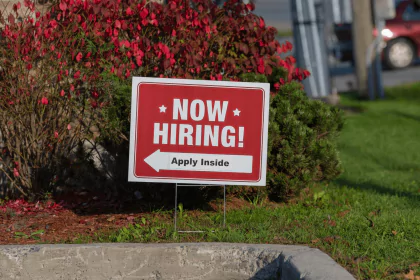The Federal Reserve’s attempts to tame inflation through aggressive rate hikes have backfired, exacerbating the very issues they intended to resolve. The housing market, in particular, has felt the brunt of these measures, leading to increased costs in both buying and renting homes. According to former White House advisor Jim Parrott and Moody’s Analytics chief economist Mark Zandi, this situation calls for a reassessment of the Fed’s strategies.
Understanding the Crisis: What, Where, and When
In recent months, the U.S. housing market has faced unprecedented challenges. Rising interest rates, driven by the Federal Reserve’s efforts to control inflation, have made mortgages more expensive and discouraged new home construction. This development has significantly affected both current homeowners and prospective buyers, leading to a tight housing supply and skyrocketing prices. The implications of these changes are profound, impacting the broader economy and the everyday lives of millions of Americans.
The Housing Market’s Current State
The crisis in the housing market is not just about numbers; it’s about real people struggling to find affordable places to live. Recent data indicate that rent prices, which had shown signs of cooling earlier this year, are once again on the rise. Zillow reports that to comfortably afford rent, an individual now needs to earn nearly $80,000 annually, a stark increase from less than $60,000 five years ago.
This breakdown in the housing supply pipeline is lifting the cost of buying and renting, driving up the very measure of inflation on which the Fed is relying
Jim Parrott and Mark Zandi. Meanwhile, home prices continue to climb nationwide, despite isolated areas showing some signs of price reductions. This paradoxical situation is largely driven by the Fed’s monetary policy, which, while intended to curb inflation, is inadvertently keeping housing costs high.
The Fed’s Misguided Approach
Parrott and Zandi argue that the Federal Reserve’s reliance on certain inflation metrics is flawed. Specifically, the personal consumption expenditures deflator and the consumer price index estimate the cost of homeownership by using rent prices for comparable homes. This method fails to account for the fact that many homeowners either do not have a mortgage or have fixed-rate mortgages, meaning their housing costs have remained relatively stable.
This misjudgment has significant implications. By estimating inflation based on rising rental costs, the metrics suggest that homeowners’ costs are increasing when, in reality, they are not. If the Fed adjusted its methodology to better reflect the true costs of homeownership, inflation would likely be closer to the target of 2%.
Impact on Housing Supply
The Fed’s aggressive rate hikes have also worsened the housing supply crisis. Higher interest rates have made it more difficult and expensive to build new homes. Additionally, homeowners with low mortgage rates are reluctant to sell and move, further tightening the supply of available homes. This scarcity has driven up both rental and purchase costs, feeding into the inflation metrics the Fed is trying to control.
“This breakdown in the housing supply pipeline is lifting the cost of buying and renting, driving up the very measure of inflation on which the Fed is relying,” Parrott and Zandi noted. “The tool the Fed is using to drive inflation down is doing precisely the opposite.”
A Call for Change
Experts like Parrott and Zandi are urging the Fed to reconsider its approach. They suggest that the central bank declare victory over inflation and begin to cut rates. This move, they argue, would help alleviate the housing market crisis and bring inflation metrics closer to the desired target.
The Fed’s current policy is rooted in a “serious misjudgment,” according to Parrott. By misinterpreting the costs associated with homeownership, the Fed is making decisions that are counterproductive to its goals. As a result, the broader economy continues to struggle with high inflation rates, driven in part by the housing sector.
Broader Economic Implications
The housing market crisis is not an isolated issue; it has far-reaching implications for the entire economy. High housing costs limit consumer spending on other goods and services, slowing economic growth. Additionally, the construction industry, a significant source of employment, suffers when new home building declines.
You can call this the Fed Cut Reflexivity Paradox: The more the Fed insists that the next move in interest rates is a cut, the more financial conditions will ease, making it more difficult for the Fed to cut.
orsten Sløk Torsten Sløk, Apollo’s chief economist, highlights the self-defeating loop the Fed finds itself in: “You can call this the Fed Cut Reflexivity Paradox: The more the Fed insists that the next move in interest rates is a cut, the more financial conditions will ease, making it more difficult for the Fed to cut.”
Looking Ahead
As the Federal Reserve prepares for its upcoming meeting, the market is closely watching for any signs of a policy shift. With rates at a 23-year high, the pressure is mounting on the Fed to reassess its strategies. The call from experts to start cutting rates reflects a growing consensus that the current approach is unsustainable.
In the coming months, the actions taken by the Federal Reserve will be critical in determining the future direction of the housing market and the broader economy. Policymakers must carefully consider the unintended consequences of their decisions and strive for a balanced approach that addresses inflation without exacerbating the housing crisis.
Conclusion
The Federal Reserve’s efforts to combat inflation through rate hikes have had unintended and counterproductive effects on the housing market. The reliance on flawed metrics has led to policy decisions that drive up housing costs, worsening inflation rather than controlling it. Experts are calling for a reassessment of these strategies and a shift towards cutting rates to alleviate the crisis. The outcome of these deliberations will significantly impact the U.S. economy and the financial well-being of its citizens.












